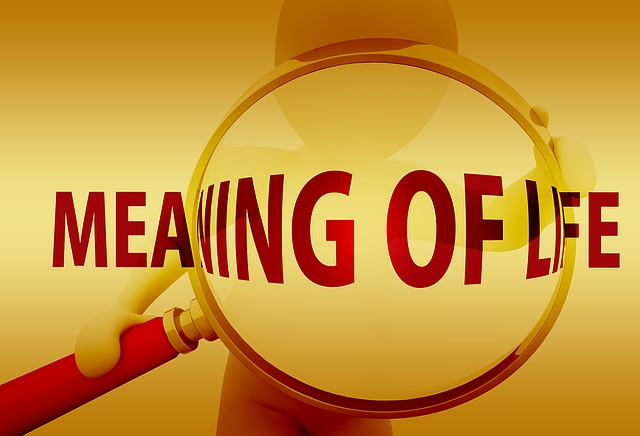Shinzen Young, an internationally renowned meditation teacher, identified multiple ways that mindfulness meditation can contribute to our experience of happiness. In one of his videos – titled Why Meditate? – he identifies five specific aspects contributing to happiness that are enhanced by meditation. I will discuss these aspects below.
Five ways meditation contributes to happiness
- Managing pain – neuroscience research strongly supports the view that meditation can reduce the suffering experienced by people in chronic pain. Jon Kabat-Zinn, through his Mindfulness Based Stress Reduction (MBSR) Program, has shown that meditation can provide genuine pain relief. Diana Winston highlights the fact that pain is an inevitable part of human existence, but we have the choice through meditation of reducing our sense of pain (which is often exacerbated by the stories we tell ourselves and others about being-in-pain). She offers a meditation practice for dealing with pain.
- Heightened fulfillment – a sense of satisfaction from doing what you set out to do or realising some aspects of what you see as your real purpose in life. Stephen Cope explains how meditation can assist us to progress along the four-stage path to realising and actioning our true purpose.
- Understanding our self – Shinzen maintains that meditation leads to a deep level of self-understanding, learning who we really are. This self-awareness develops through meditation as we progressively challenge our self-stories and negative self-evaluation.
- Improvements in behaviour – through meditation we can identify our reactivity and the inappropriate ways we behave. We can also develop the intention to change our behaviour, the motivation to realise this change and the reinforcement of the change through savouring achievements in desired behavioural change.
- Contribution through selfless service – a spirit of serving the needs of others and helping them to realise happiness in their lives. This sense of service brings its own personal rewards and, according to Richard Barrett, represents the highest level of psychosocial development. Shinzen argues that this level of achievement is the natural outcome from realising the other four aspects of happiness mentioned above.
As we grow in mindfulness through meditation we can suffer less from our pain, experience fulfillment in our life, develop a deeper self-understanding, achieve desired behavioural changes and be in a good place personally to contribute to the service of others and their achievement of happiness. In turn, we will enhance our own experience of happiness and the equanimity of a life well-lived.
____________________________________________
Image by Shahid Shafiq from Pixabay
By Ron Passfield – Copyright (Creative Commons license, Attribution–Non Commercial–No Derivatives)
Disclosure: If you purchase a product through this site, I may earn a commission which will help to pay for the site, the associated Meetup group and the resources to support the blog.









